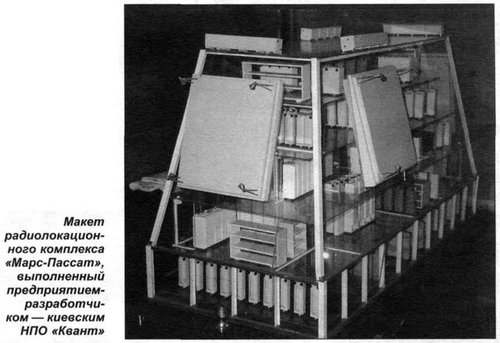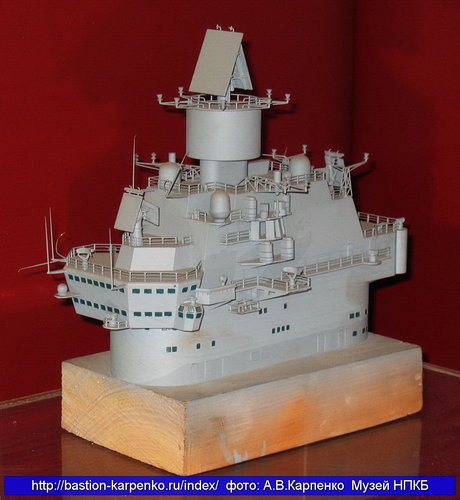I also note the image in
this post that appears to accredit the system with a 2,000km range and, based on the imagery, a space surveillance capability. That potentially hints at a very significant role.
Not quite.
A translation of that image is (from top to bottom), square brackets is my additional info:
ц, у от спуtника легенда (все цели в радлсе 200km) - from the 'Legenda' satellite (all targets in 2000km radius) [Legenda was the targeting satellite for the Granit (SS-N-19) ASMs, note the ingoing arrow, it is signifying a datalink to the ship of radar data from Legenda]
марс-пассат - Mars-Passat [range] 550km at 10km altitude, 300km at 0.5km altitude
подберезовик - Podberezovik [MR-650] [range] 500km at 10km altitude, 200km at 0.2km altitude
подкат - Podkat [MR-350 Podkat-M] [range] 100km at 5km altitude, 50km at 0.5km altitude
Of course the diagram gives no indications of maximum altitudes, I would not read too much into the height of the stylistic arcs on the diagram in that regard. Certainly the satellite shown in Legenda and is not connected to the performance of Mars-Passat. The MR-650 Podberezovik and Mars-Passat are both quoted as having a maximum altitude of 30,480m but I would suspect the Mars-Passat has a higher max detection altitude. The high-level detection range is only 50km greater but at lower altitudes Mars-Passat had a more marked advantage and I presume would offer better detection of lower-RCS targets too.
I have seen unattributed comments elsewhere online that the system on Kuznetsov failed to detect anything, which would seem to indicate some serious issues. The software claim seems to have surfaced by the mid-90s, not sure where that came from, whether it was from a Russian source or Western speculation based on US development of similar radars. The decision to redesign Riga (aka Varyag) with the Forum system and the fact that only one complete complex was ever completed for Tbilsi (aka Kuznetsov) would indicate the Soviets had pulled the plug by 1990, whether due to software issues or delays in constructing the components. I suspect a combination of both factors were responsible.
Thinking more about the proposed ships I noticed another issue. Nearly all the platforms considered, apart from Baku, were nuclear powered. So I compared the electric generation capacity of the ships:
Pr.1143 - 6x 1500kW turbine-type generators & 4x 1500kW diesel-generators = 15,000kW
Pr.1143.4 - 6x 1500kW turbine-type generators & 4x 1500kW diesel-generators = 15,000kW
Pr.1143.5 - 9x 1500kW turbine-type generators & 6x 1500kW diesel-generators = 22,500kW
Pr.1143.7 - 10x 1500kW turbine-type generators & 8x 1500kW diesel-generators = 27,000kW
It seems that Baku was given no additional generation capacity over her sisters, despite the planned addition of Mars-Passat. Putting aside the different ECM/ESM suite, the only major radar change was the removal of MR-600 Voskhod. It would seem logical that the large and powerful Mars-Passat would have required more electric power than Voskhod, but none was provided for. Is this further evidence that Baku never received Mars-Passat (or was incapable of operating it in any case)?



